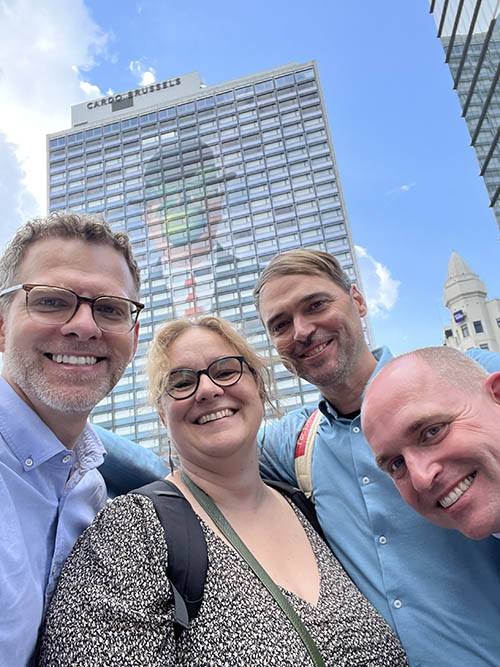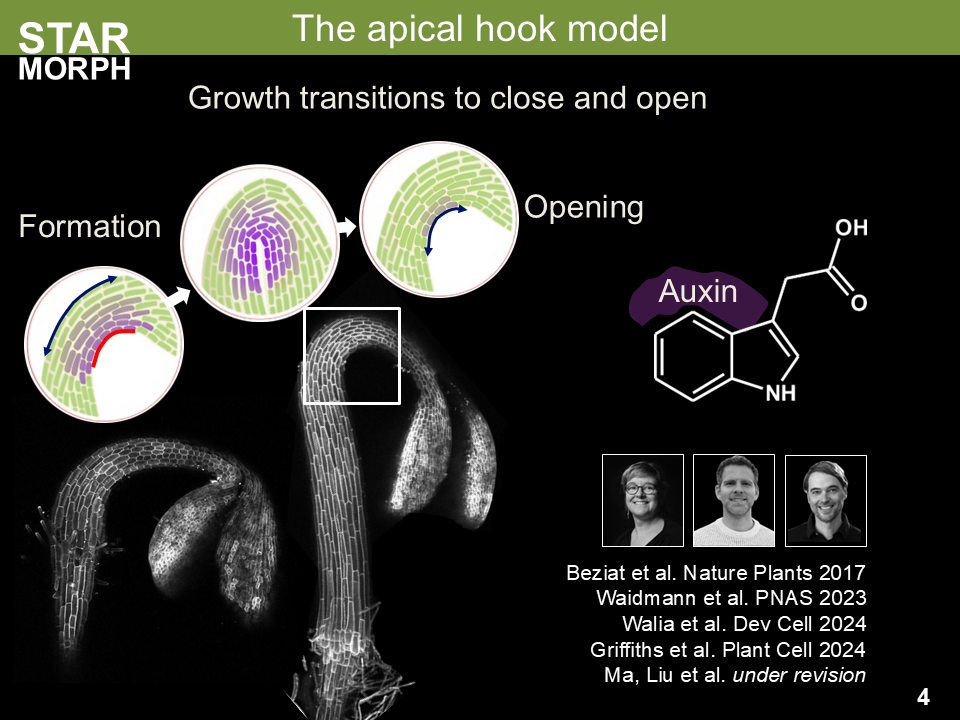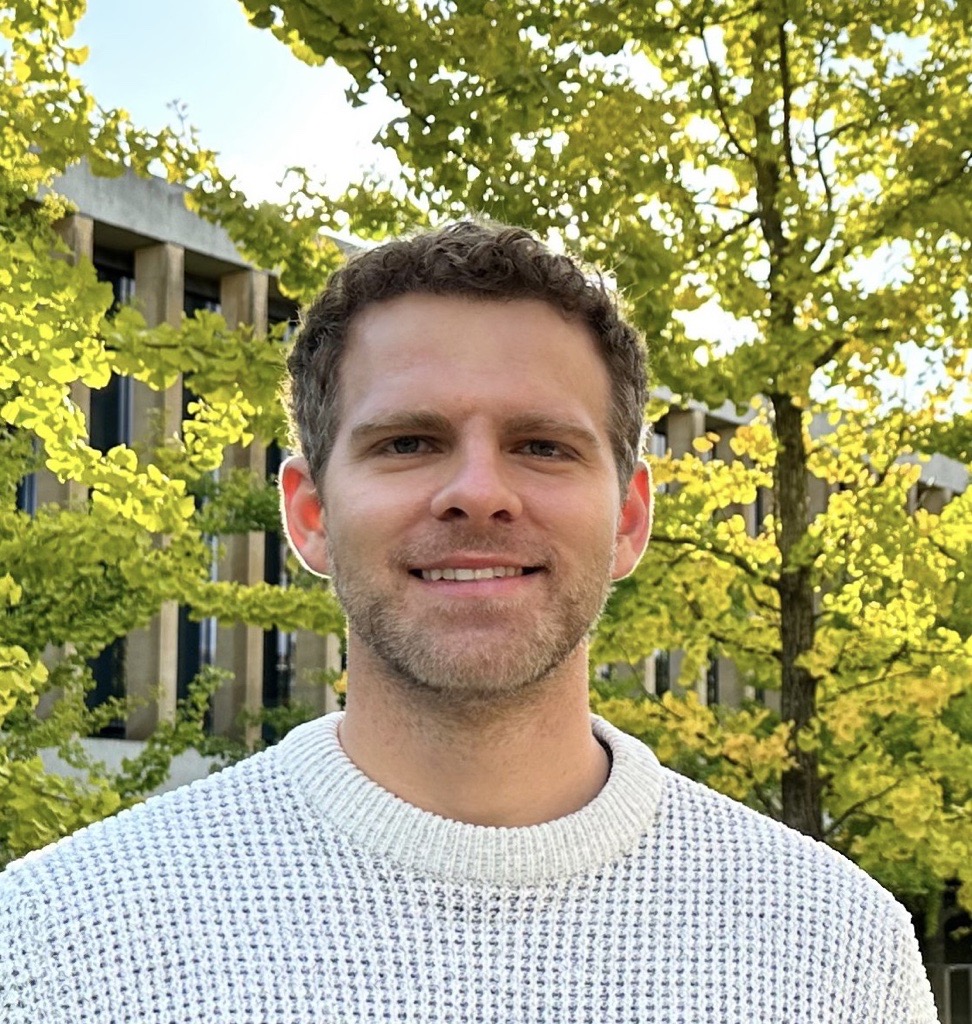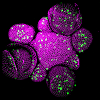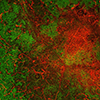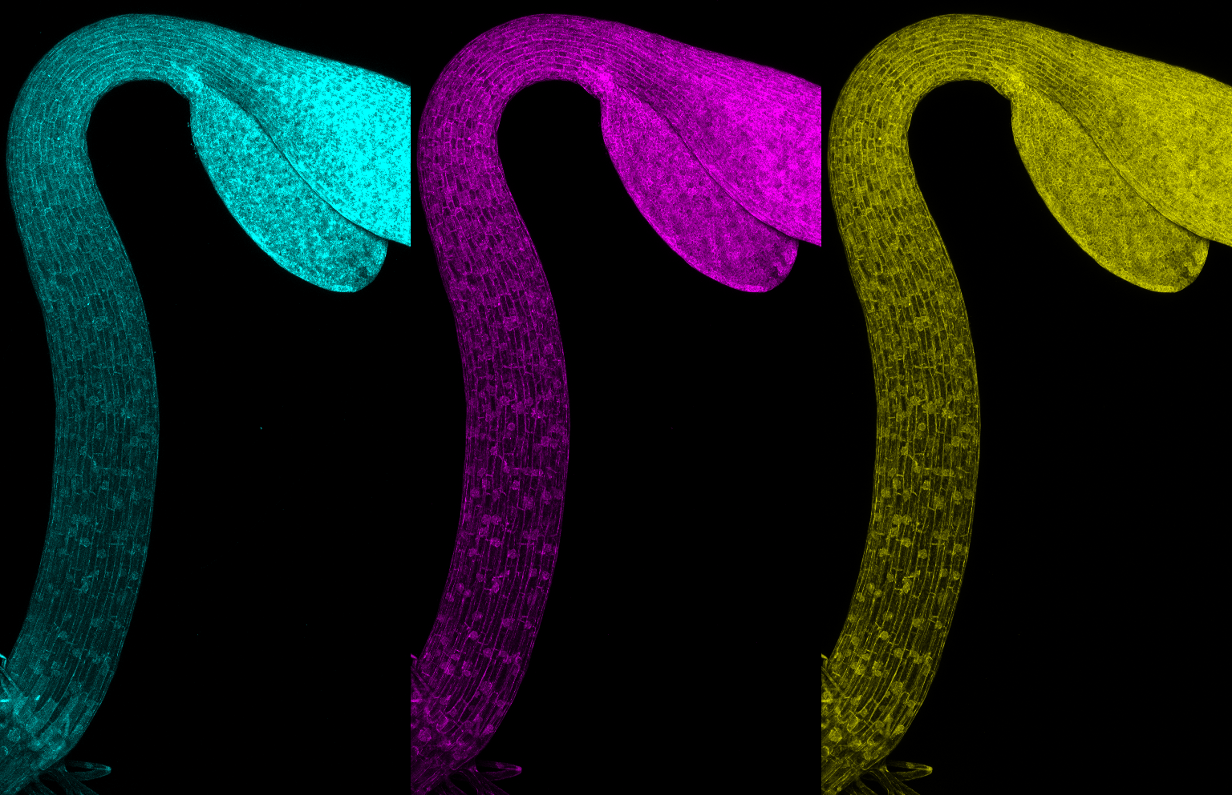
Creating a spatio-temporal map for auxin dynamics
ERC Synergy grant to unlock secrets of plant organ growth
Alexander Jones has teamed up with three other leading plant developmental scientists to investigate the interplay between growth hormones and mechanical forces in plant organ morphogenesis.
The team will study how auxin contributes to many aspects of plant development by introducing the innovative concept of an “auxin signature” which reflects auxin levels not only in organs, tissues, or cells but also how it is distributed in different subcellular sites within a cell, integrating cellular responses to developmental and external signals.
The new research project STARMORPH was awarded a prestigious €10 million European Research Council (ERC) Synergy grant.
The collaboration will be led by Stéphanie Robert (
This interdisciplinary project brings together expertise in plant biology, cell biology, synthetic biology, genetics, biophysics, and organic chemistry. By examining plant growth from molecular to organ scales, the team hopes to revolutionise our understanding of plant development, opening new avenues for biotechnology and plant engineering.
Plant organ morphogenesis is crucial for agriculture and forestry. Knowledge of the coordination between growth and mechanical tissues constraints is essential to inform future targeted breeding strategies that enhance growth and productivity, optimise allocation of resources such as nutrients into the harvested organs and promote better yields.
To understand the mechanics-hormone interactions the team will dissect how tissue mechanics interact with auxin, to pave the way towards engineering plant growth.
Plant organ morphogenesis involves differential growth of cells and tissues, which expand at different rates to form specific organ structures.
“A key challenge is deciphering these differential growth programmes while accounting for the mechanical constrains imposed by plant tissues,” Dr Jones said.
“Central to this process is the plant hormone auxin, which creates concentration gradients within tissues, influencing the direction and rate of cell expansion. Although auxin can both repress and promote growth in a concentration-dependent manner, the mechanisms behind its biphasic behaviour remain largely unexplained.”
To address this gap, the project introduces the concept of an "auxin signature," which considers how nuanced auxin levels in different cellular compartments affect cell responses during morphogenesis.
Dr Jones’s team has engineered highly sensitive biosensors that visualise a number of different hormone dynamics at subcellular in vivo. Part of the team’s suite of biosensors includes the development of novel FRET biosensors for auxin.
“Understanding auxin's subcellular compartmentalisation is currently limited, and a major focus of the research is to develop a subcellular map of auxin dynamics in growing organs. The STARMORPH hypothesis is that the auxin signature is the missing piece to puzzle out how tissue mechanics interact with auxin-driven growth processes, a crucial step for advancing our understanding of plant morphogenesis.”
ERC Synergy Grants
Supporting collaborative research for major scientific challenges
The ERC Synergy Grant is a funding initiative designed to support small teams of scientists tackling significant research issues for some of the world’s most pressing research challenges across various scientific disciplines.
The ERC Synergy Grant encourages researchers to combine their diverse skills, knowledge, and resources, fostering collaboration that leads to innovative scientific inquiries and the development of new methods and techniques. This grant scheme is part of the European Union's research and innovation program, Horizon Europe.
For more details visit https://erc.europa.eu
Media Contacts:
Kathy Grube (Sainsbury Laboratory, University of Cambridge), +44 (0) 12237 61152, kjg45@cam.ac.uk

